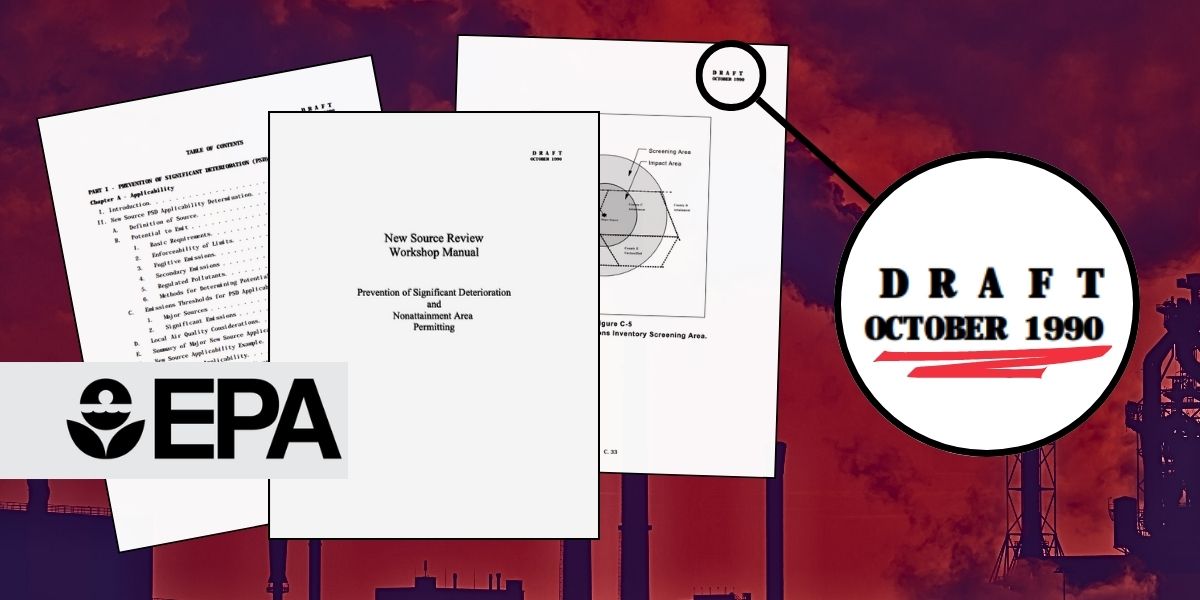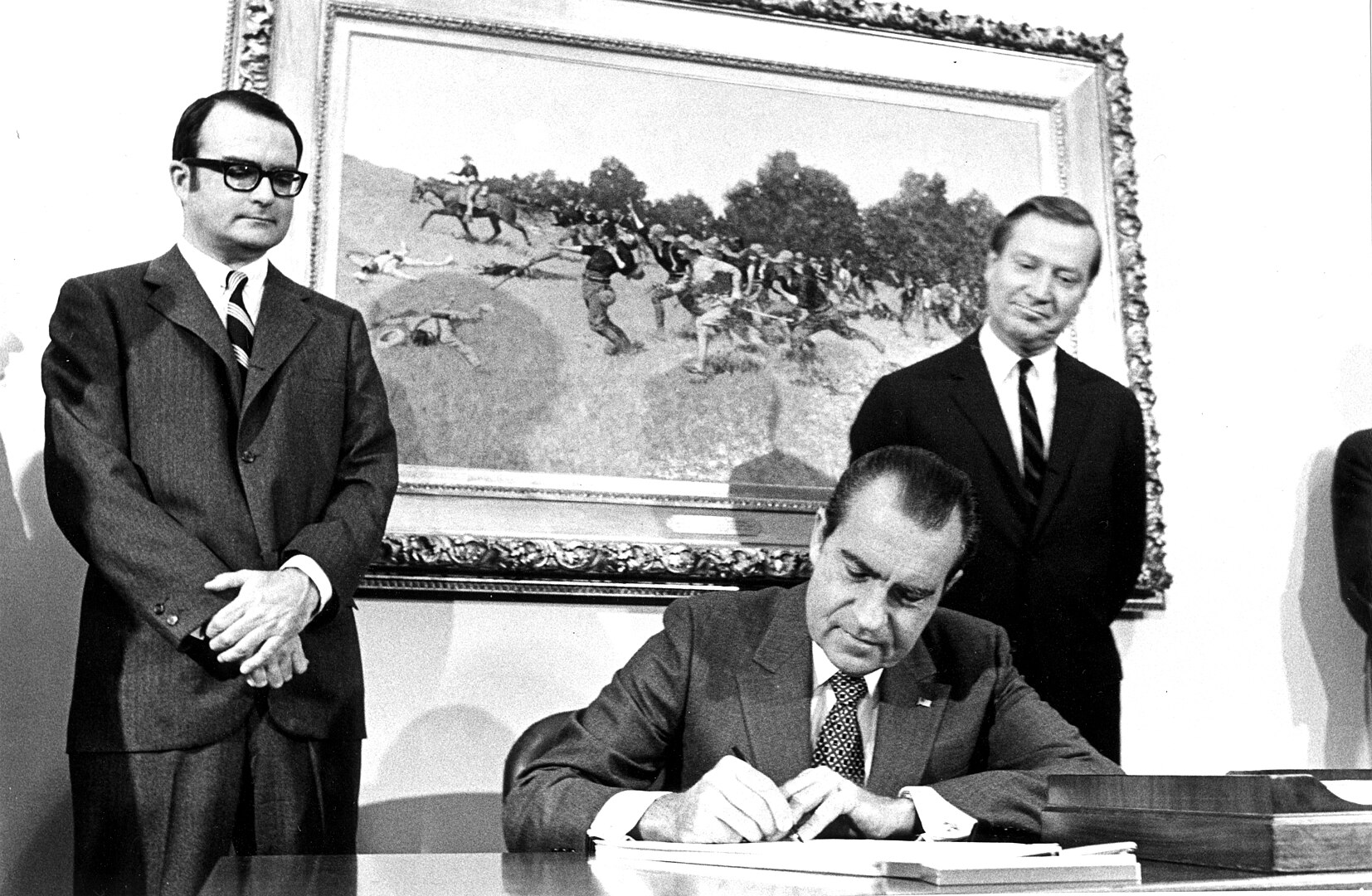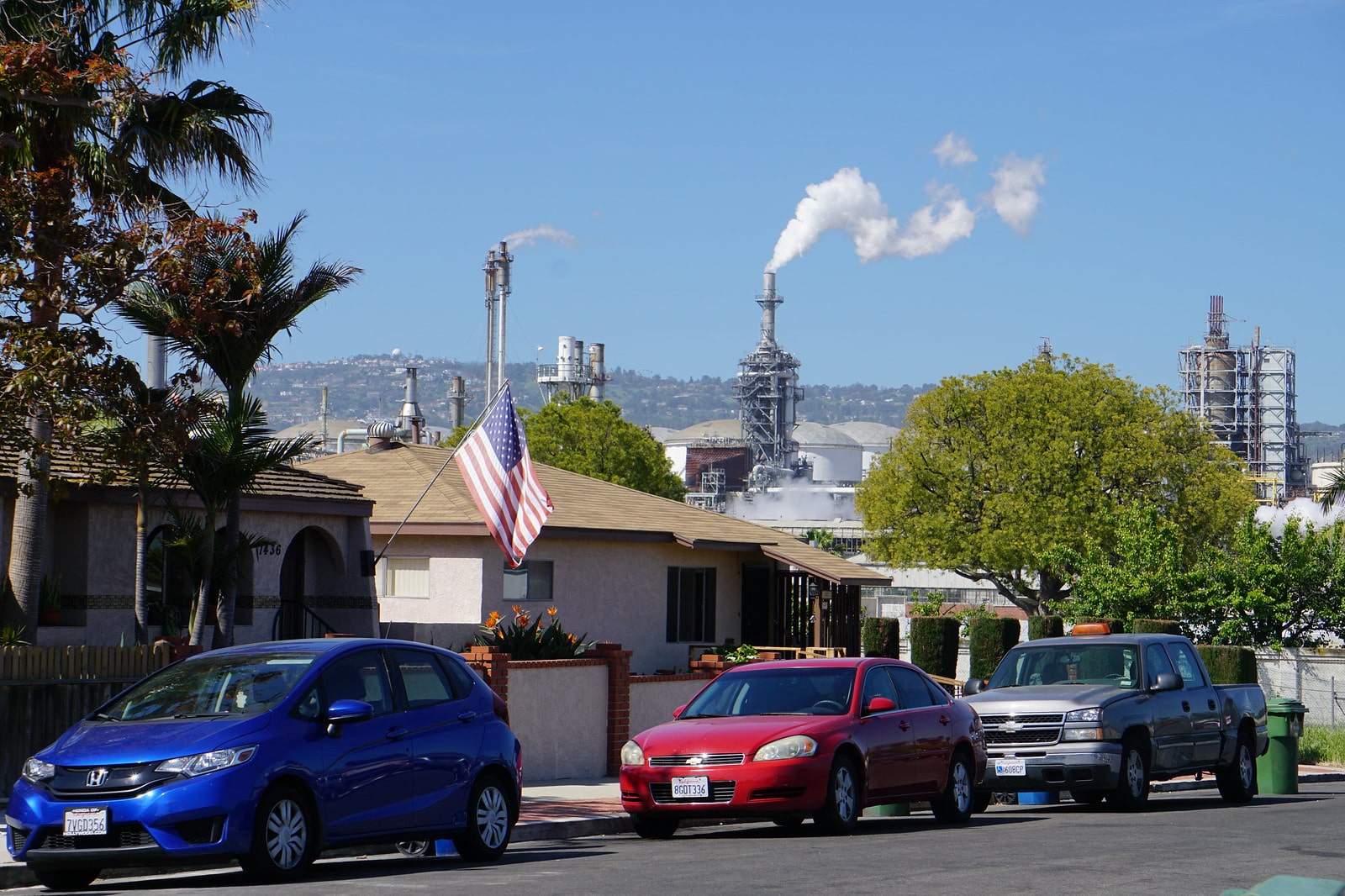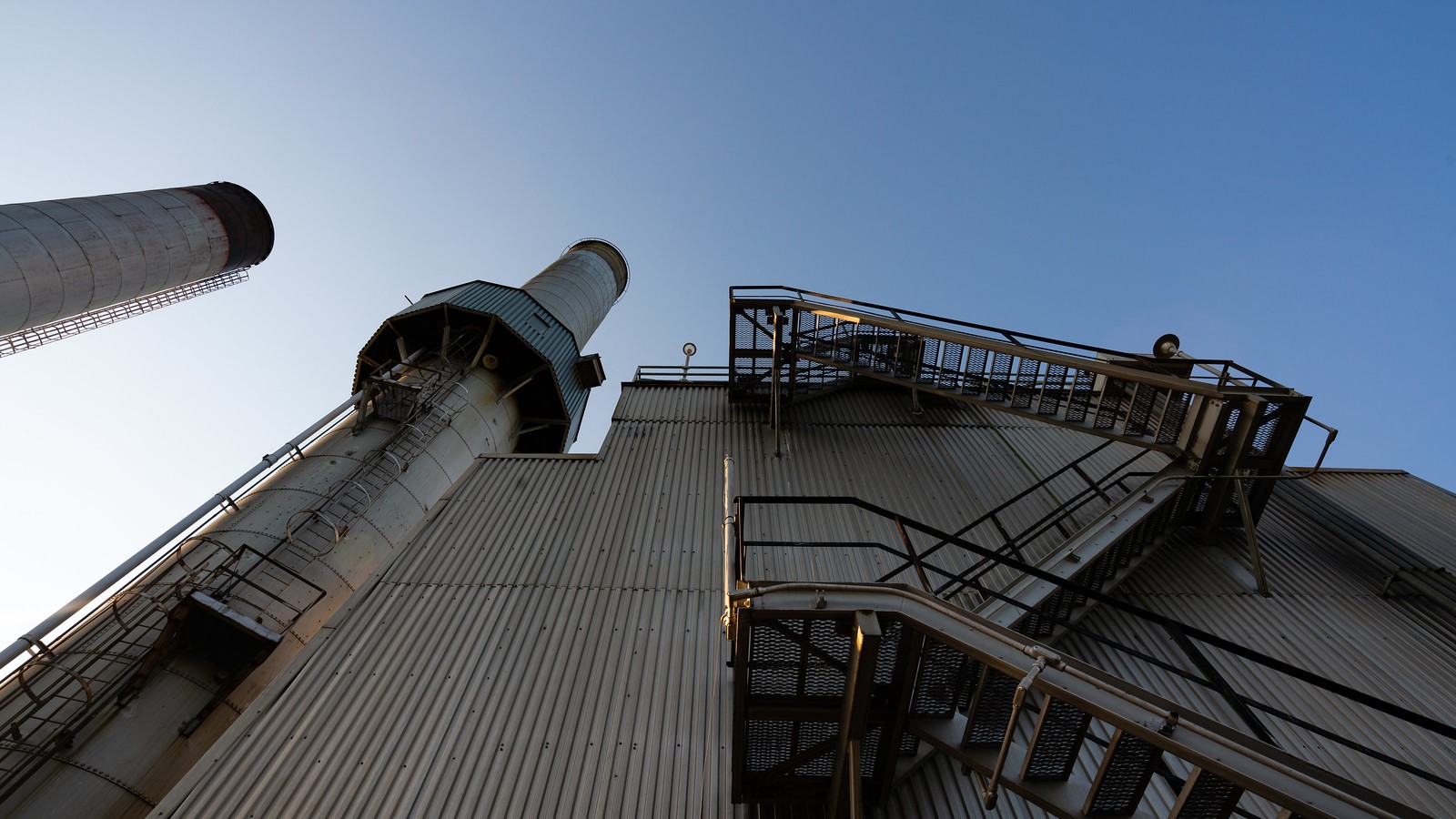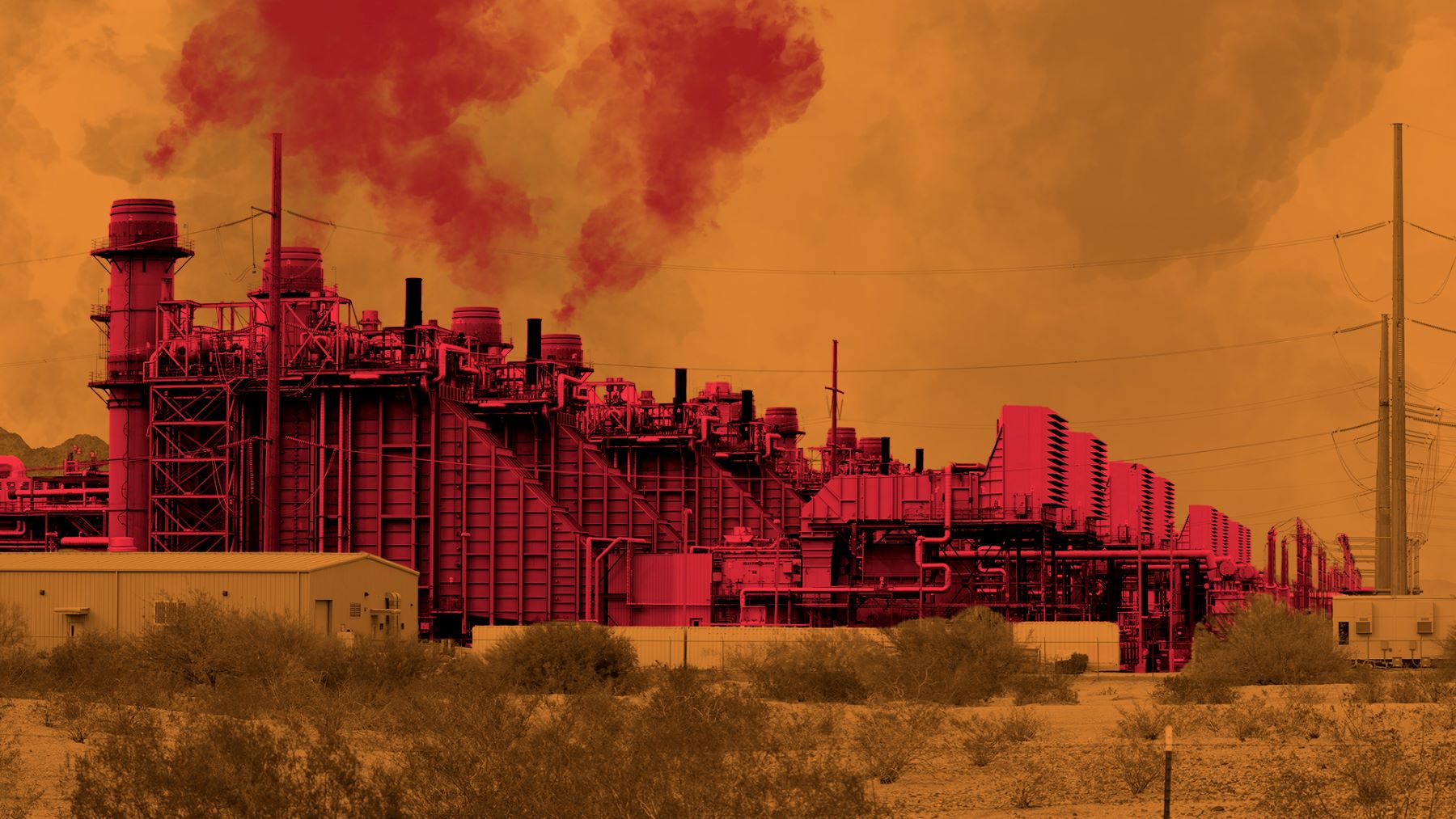Lastly, the permitting program is full of loopholes, whereby polluters claim they do not require permits for their sources in the first place. Under the current process, industry gets to estimate how much pollution their new sources or modifications will create. Conveniently and unsurprisingly, these guesses tend to be ever-so-slightly below the permitting thresholds, meaning they avoid the permitting process altogether. In other instances, guidance documents allow industry to estimate the “net” pollution, where pollution from new smokestacks is allegedly offset by eliminating pollution elsewhere at a site. Permit writers often are asked to take industry at face value—despite the potential for bias and the tough-to-verify nature of their estimates. And if there is a disagreement, enforcement cases on technical permits often become years-long sagas backed by hypothetical pollution estimates and highly resourced, expensive industry lawyers.
Bringing our air permitting system up to the standard it was originally intended will help us tackle the linked climate and health crises head-on. And because old agency documents created the problem, executive action can fix it.
Under the current apparatus, communities are exposed to high levels of pollution from poorly permitted facilities, and new technologies and climate investments are not spreading as quickly and equitably as they should. The distribution of nitrogen oxide (NOx) pollution maps directly onto non-white communities—a clear indication that the current system is failing us. But the good news is that EPA and state permitters can take action to fix air permitting—right now—without waiting on Congress.
How We Fix Air Permitting in 5 Steps
To address the failures of our current air permitting system, bring meaningful health benefits to disadvantaged communities, and tackle the climate crisis, EPA and state and local permitters must take the following steps:
1. Close Permitting Loopholes
To close the permitting loopholes, local permitters can go beyond EPA to set very low or zero-based thresholds for pollution for facilities to enter the program. EPA and local permitters could also issue guidance to eliminate or reduce the use of “netting” and other accounting games that weaken the program.
2. Update Doctrines to Make Clean Technology a Requirement in Permits
EPA needs to update its outdated agency documents to allow permit writers to require electricity and zero-emission technologies, instead of indefinitely perpetuating the use of fossil fuels. To do this, EPA must remove the “redefining the source” doctrine, which limits its ability to use these technologies, and emphasize the value of alternative analysis, which would prioritize clean technology and public health over poor attempts to “clean up” smokestacks. EPA shouldn’t artificially limit the clean technologies it considers, and ensure clean technology is “achieved in practice” if it’s used anywhere in the world on a similar source. Lastly, EPA should also insist permit writers consider the cost to communities in any calculations on cost-based limitations on clean technologies.
3. Make It Easy to Identify Clean Technology
Permitters are often unaware of modern technologies because of the old, hard-to-use databases. As a result, they rarely require them. EPA must increase the visibility of available clean technologies in its databases, and state permitting authorities should regularly coordinate internally and with the public to identify new or emerging technologies. After sharing them with permit writers, they should establish a mechanism for community feedback. EPA and local staff should be funded to do this work, including staffing increases, as needed.
4. Increase Public Transparency
Many folks, even within the climate movement, are unaware of how big of an issue permitting reform is, and that largely stems from a lack of public information. Many air permits, including large polluting sources, are impossible to find online. There are two main federal permit programs, New Source Review (NSR) and Title V of the CAA (Title V). EPA must file both NSR and Title V permits online in a user-friendly national database, along with all publicly noticed permits. State permitting authorities should do the same to increase transparency and public awareness.
5. Prioritize Addressing Local Impacts
Regulatory agencies need to send clear signals to industry to prioritize local impacts and respect community concerns when making technology decisions. To do this, EPA can emphasize environmental justice obligations in its permitting decisions and enforcement reviews, and states can continue to pass laws mandating civil rights and cumulative impacts are respected.
There’s nothing standing in the way of EPA and permitters to take these five actions—starting as soon as tomorrow. And they don’t need to wait for Congress. The time for change is now, given billions in IRA incentives to revamp our power and industrial sectors, using clean technologies about to be deployed. Reforming our permitting architecture is our opportunity to create a virtuous cycle, just as the CAA intended—by investing in clean air technologies and allowing them to spread nationwide, which then provides the basis for strengthening national pollution standards, further driving clean technology.
As we work to implement the IRA, we need to deploy all our tools. The CAA’s air permitting system is a potential engine for change that has been rusting away when it should be working hard to power us forward.
Tackling this issue now helps us lock in and accelerate IRA progress across the landscape, addressing the inequitable harms of fossil fuel pollution at the source, putting the CAA to work as it was intended, and delivering for communities who have long called for cleaner air and healthier neighborhoods.
Written by Medhini Kumar and edited by Craig Segall
